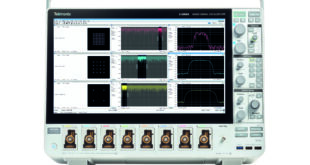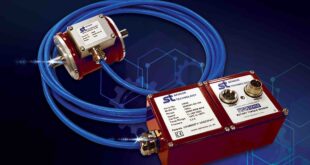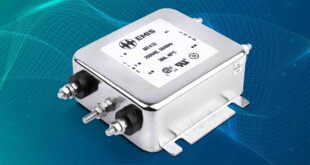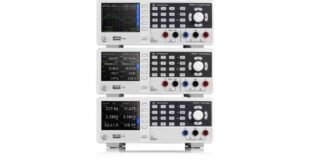Precision sensor manufacturer Micro-Epsilon has launched a range of compact, robust draw-wire displacement sensors designed specifically for high volume OEM industrial applications with IP69(K) ingress rating.
The wireSENSOR WPS-K100 series draw-wire displacement sensors measure distance and position precisely, combining high performance for outdoor use with an excellent price/performance ratio.
With measuring ranges of 2300mm and 5,000mm, the sensors are ideal for a wide range of applications, including off-highway vehicles, mobile machinery, mobile cranes and lifting technology (eg, lifting platforms and tables).
The compact K100 series draw-wire sensors are protected by a glass fibre-reinforced plastic housing, as well as separate drum and spring spaces, making the sensors extremely robust (IP69K) against external influences. Custom versions of the sensors are available in different measuring ranges, wire thicknesses and outputs to suit OEM requirements.
Glenn Wedgbrow, Business Development Manager at Micro-Epsilon UK comments: “In addition to its compact design relative to its measuring range, the wireSENSOR WPS-K100 is also extremely robust, allowing its use in a wide variety of industrial environments and test bench applications. Due to its modular design, the sensor is particularly well suited to high volume OEM applications, as we can quickly and easily customise the sensors to suit the customer’s application.”
Depending on the industry and application, draw wire position sensors are commonly referred to as cable transducers, cable-extension transducers, string potentiometers, yo yo pots, linear position string pots, and string encoders.
Using a draw-wire sensor, a linear movement is transformed into a rotary movement. The free end of the wire is fixed to the moving object. An encoder or potentiometer translates the rotary movement created by the extension of the wire into an electronic signal.
The sensor works like a tape measure, except with a draw-wire sensor the user does not have to read off the measurement of the extended tape.
The rotation of the drum on which the steel wire is wound is measured automatically and the measurement signal is output in either analogue or digital formats.
 Engineer News Network The ultimate online news and information resource for today’s engineer
Engineer News Network The ultimate online news and information resource for today’s engineer





